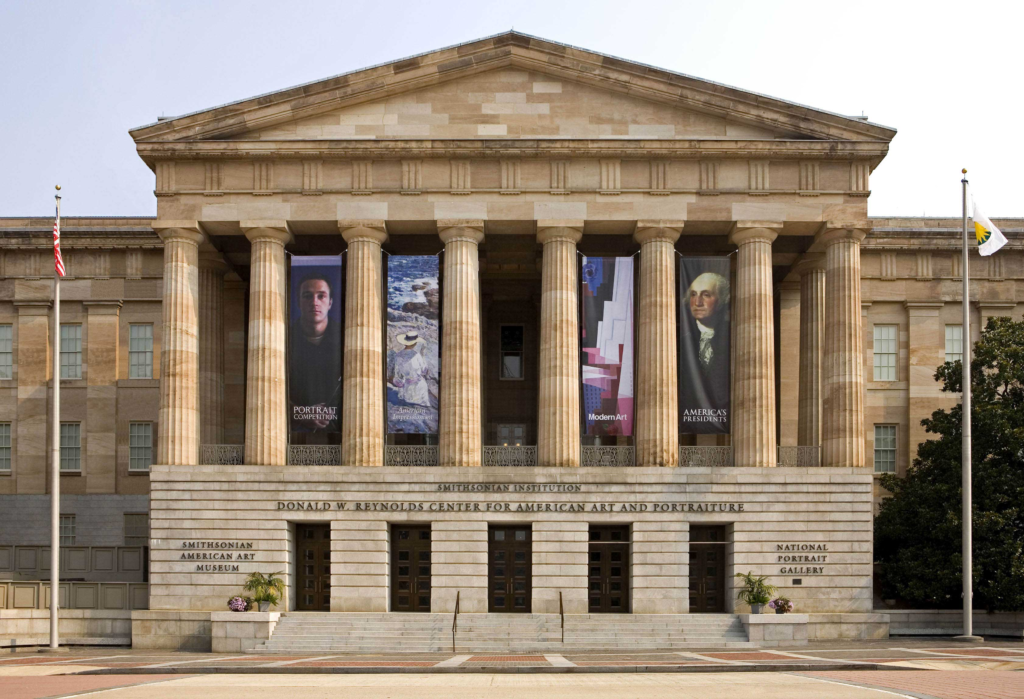John Singer Sargent

By Amanda McShane
Ethel Barrymore, charcoal on paper, 1903.
Rev. William Lawrence, charcoal on paper, 1916.
The Smithsonian American Art Museum is featuring a new exhibit which showcases American artist, John Singer Sargent, and his charcoal portrait works. The museum showed Sargent’s work in four rooms and the hallway.
There were numerous charcoal portraits of the “influencers of his day” who shaped popular taste in music, architecture, and gardens. His other famous portraits were of friends, poets, artists, musicians, doctors, and connections from the art world.
Sargent has done portraits of Ethel Barrymore, Major Henry Lee Higginson, Dr. Charles Fleischer, Rev. William Lawrence, and Lady Evelyn Charteris Versey. He also painted some subjects from The Souls, a progressive social group of 30 men and women from aristocratic British families.
Sargent was an influence to others and his rival artist, Walter Sickert, coined the term “Sargentolatry” in a 1910 article. What Sickert meant by this term was the growing passion of Sargent’s works by people. Sickert was not content with Sargent’s work, while critics praised his works.
The opening exhibit of Sargent’s art attracted a wonderful crowd of all ages. Everyone walked through the exhibit and carefully observed the work. Sargent’s paintings came to life with their energy, which connected with the audience. He made his portraits to connect and relate to others by showing the subject’s personality.
Sargent was born in 1856 in Tuscany, Italy to expatriate American parents. His career began in London, where he gained a following and catered to an “elite clientele” from the United States and Europe. Sargent’s method behind his art was special.
Lady Diana Manners, charcoal on paper, 1914
The artist had a clear image of his subject, depending on the background he wanted. He would put his sheet of paper beside his subject and would make a back-and-forth movement to make adjustments. These touches gradually built his works. His second method was to merge tones of his art together with his thumb or blending stump. According to the exhibit, Sargent would remove “excess charcoal with pellets of bread and created dramatic highlights by scraping through to the paper beneath.” Sargent often intensified the expressions of his subjects by either putting their head at an angle, showing affection or respect.
The artist was well-educated and spoke four languages. He was seen as a transitional figure similar to his friend novelist, Henry James, who helped to transition the “cultural shift from Victorian materialism to twentieth century modernity.”
He gained his talent by observing his personal and world experiences. He was captivated by the physical characteristics of fabrics, jewelry and hairstyles. Sargent would observe everything about his subject such as their mannerisms, energies, personalities and moods which would all play a role in his works. He also reflected on the ways his subjects were impacted by social issues and growing concern the concern of modern literature’s place in a changing world.
Many of Sargent’s portraits campaigned for rights and a change in government and society for women. Conversely some of his other subjects were shown to be against it. The wealth of the United States grew and took action across the Atlantic to “create world-class libraries, museums, and private collections.” Sargent’s clients, William Osler and John Cadwalader, played roles in this.
Sargent found another passion in music as well. Some of his subjects have claimed he would play music while working, go to concerts regularly, and have shows in his studio. Around 1907, he claimed that he disliked making portraits and hoped “to never do another especially of the upper classes.” However, he continued his charcoal portrait work for the Upper Class to make money.
The artist stayed true to his independent style during the changes and art movements in the art world. Impressionism, Fauvism and Cubism played a role during Sargent’s time, but not in his work. Sargent died in London in 1925. A critic from 1916 said, “future admirers will seek to distill from the charcoal the spirit of our age.” The prediction was correct as Sargent’s work is still extraordinarily timeless for all ages.
Dr. Charles Flesicher, charcoal on paper, 1903.





